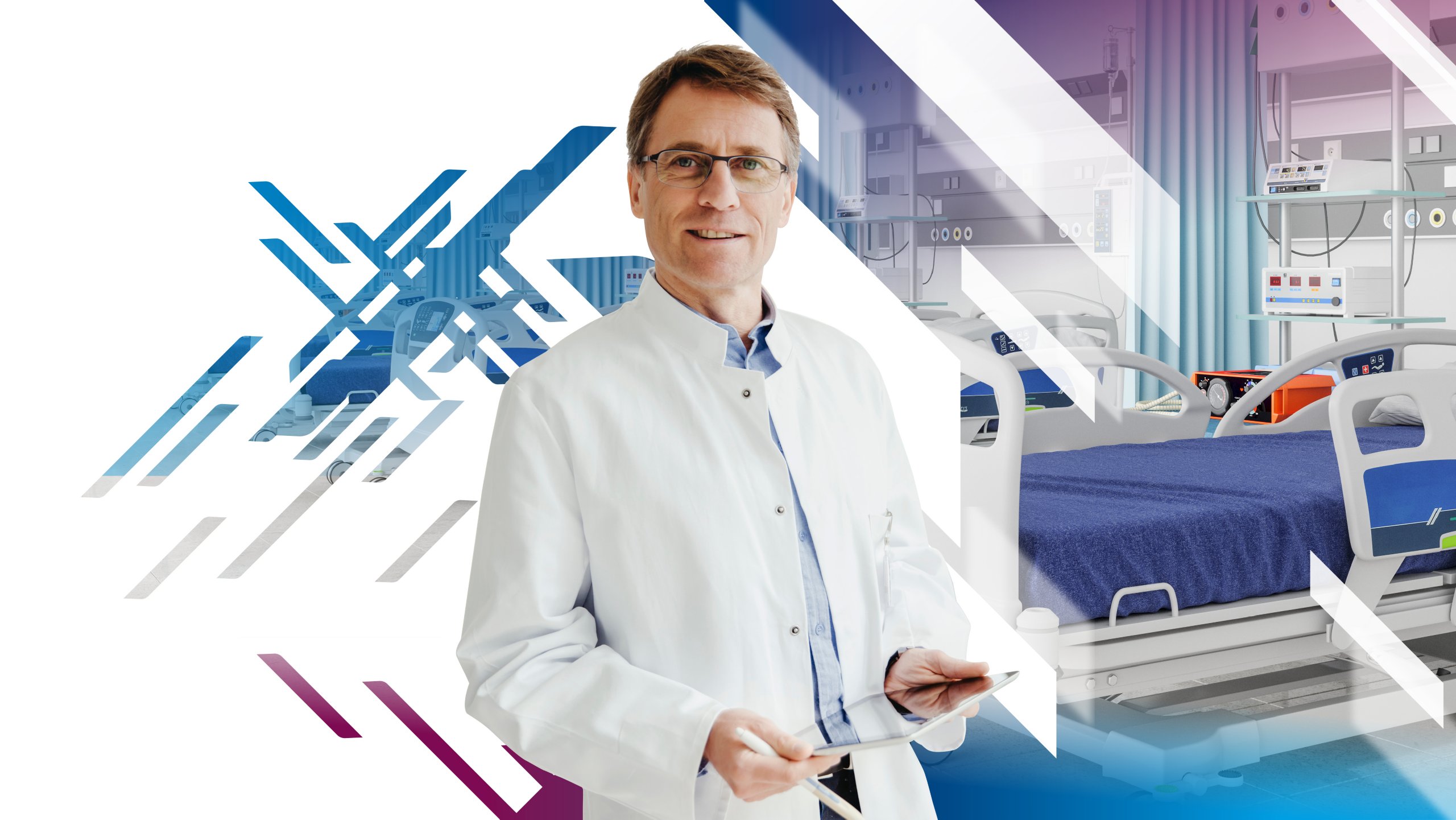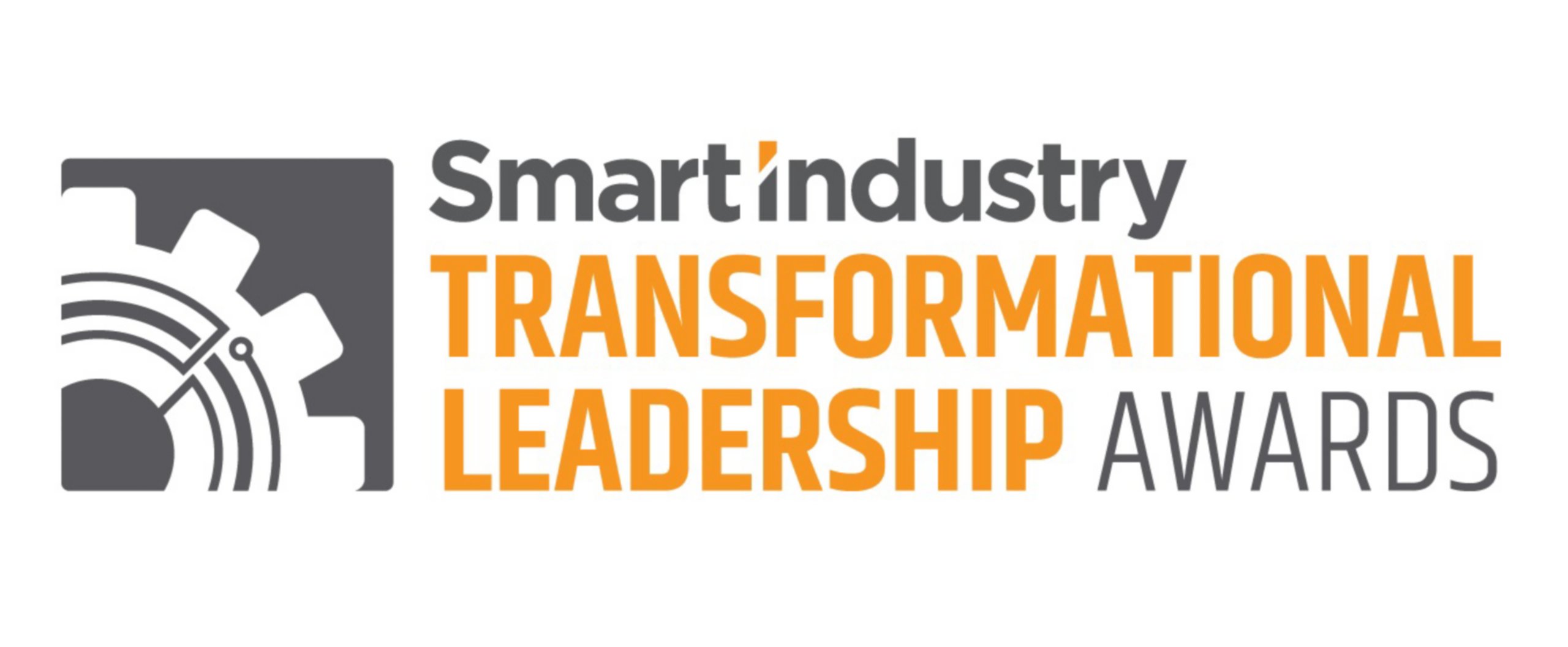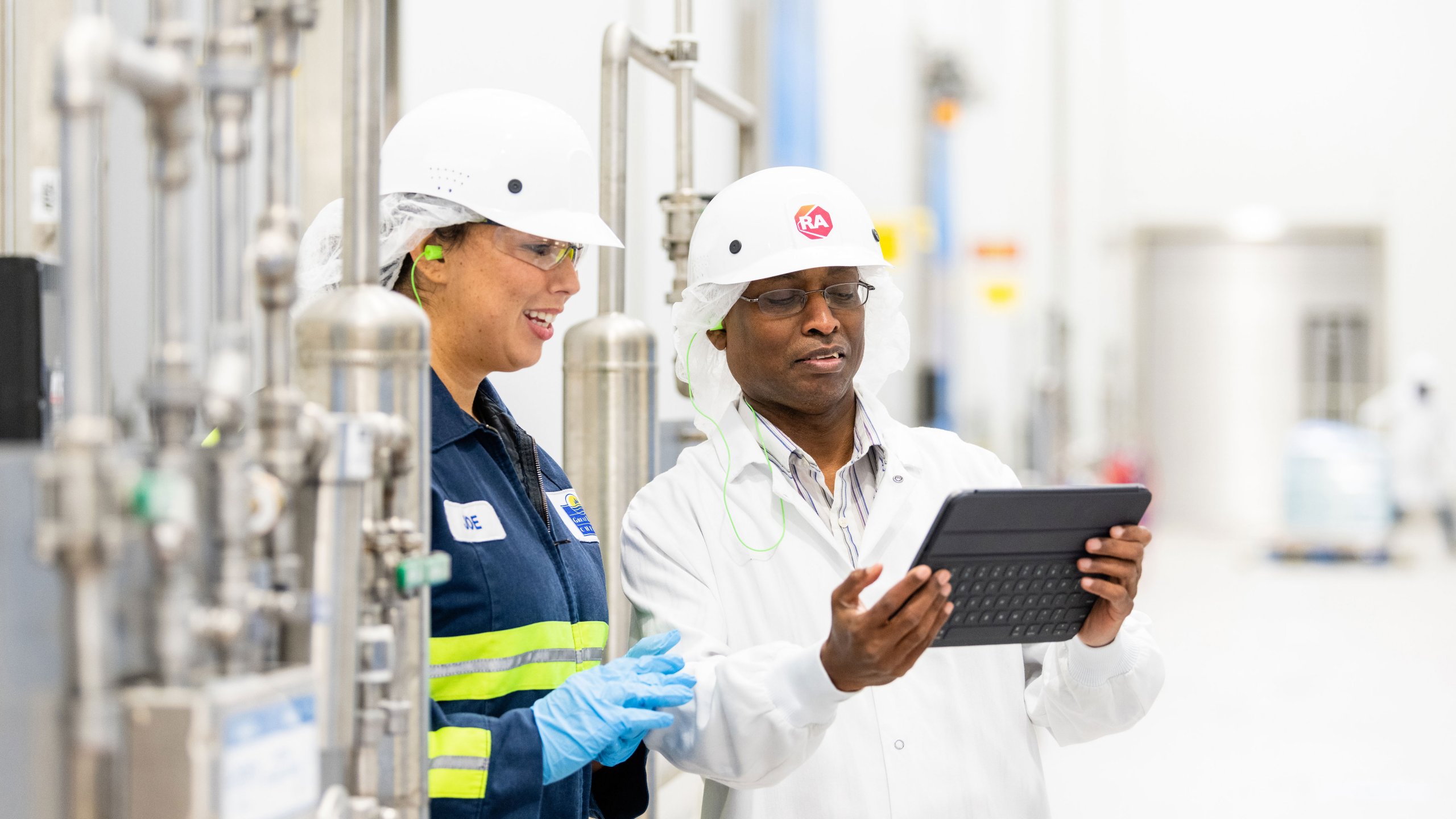One of the biggest challenges currently facing large organisations is the need to unify systems – processes, methods, tools, data, and skills – to bring greater consistency to operational management and facilitate collaboration. As digital transformation makes it easier to work remotely or even remove the issue of borders entirely, it’s more important than ever for operations to be applied homogeneously across the globe.
This is especially important in particularly sensitive industries, such as the medical sector, where regulations often differ from country to country and products vary greatly in complexity. In the case of healthcare companies such as Fresenius Medical Care, which specialises in dialysis and renal care, this varied level of complexity ranges from providing portable dialyzers to building incredibly intricate, high-powered dialysis machines.



